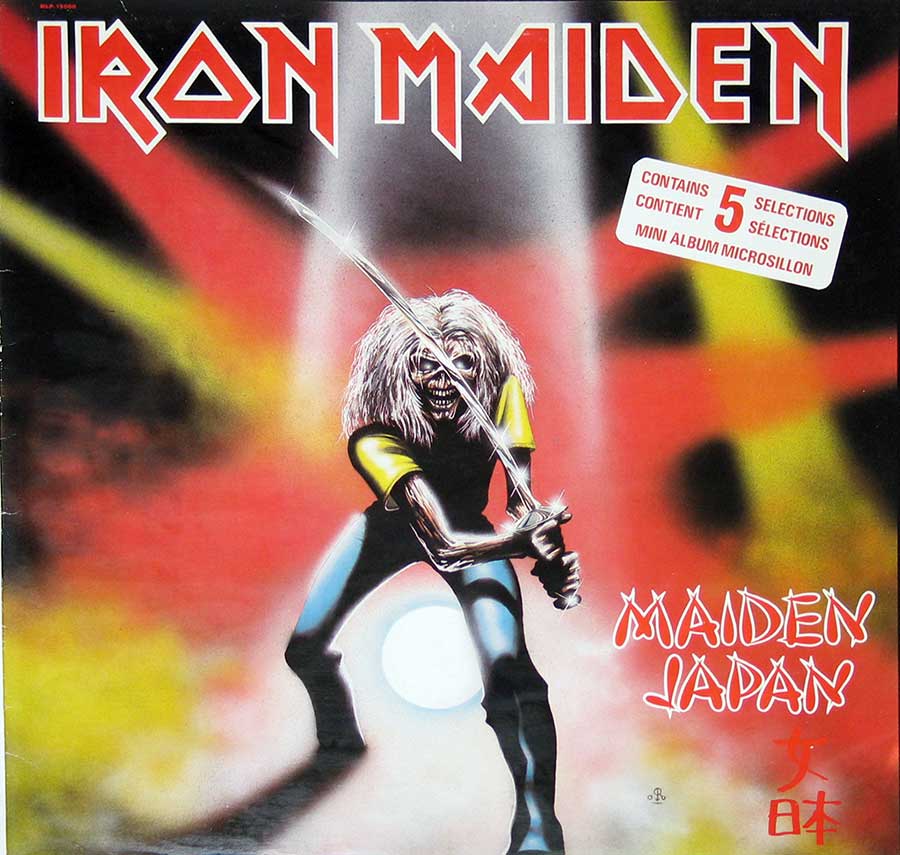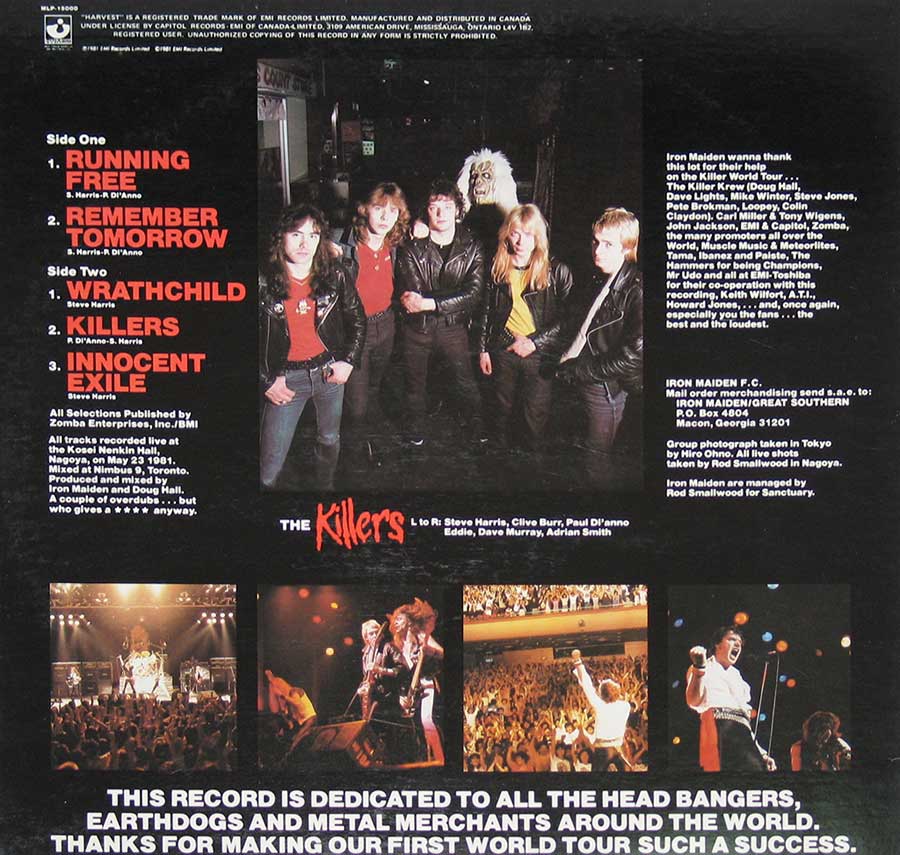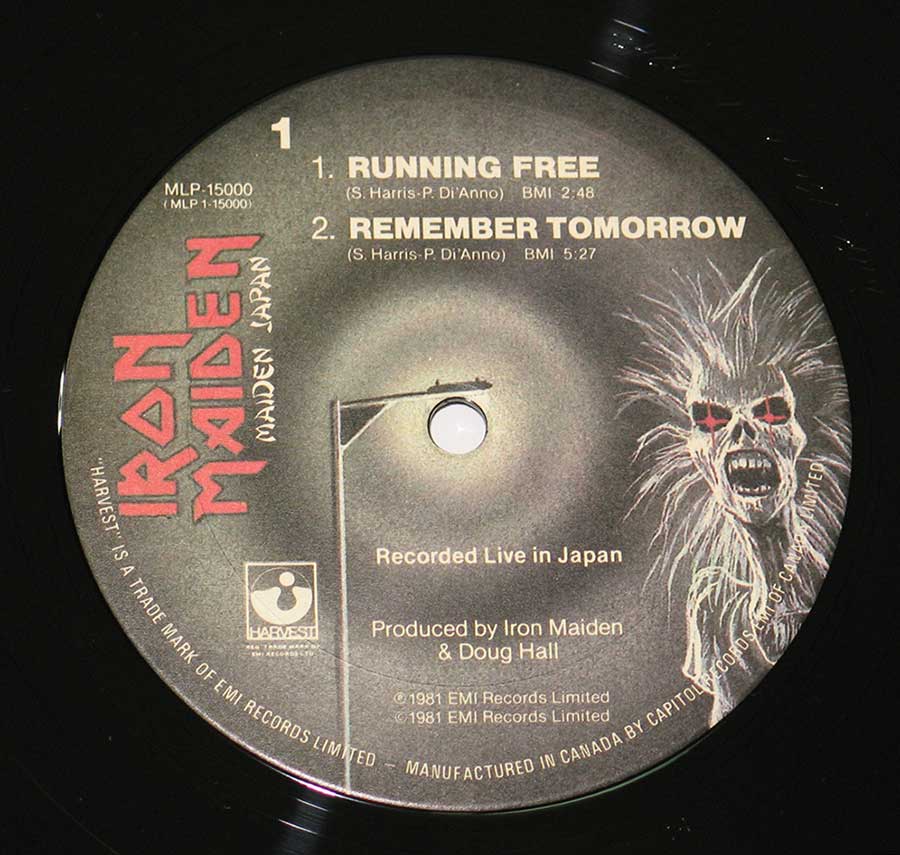"Maiden Japan" Album Description:
Iron Maiden’s live EP “Maiden Japan” captures the band in their rawest, most exhilarating form. Recorded in 1981 at the Kosei Nenkin Hall in Nagoya, Japan, this 12" vinyl release showcases the energy, power, and precision that defined the band’s early years. Originally intended for Japanese audiences, the EP became a global cult favorite among collectors.
The title “Maiden Japan” is a clever pun on Deep Purple’s iconic “Made in Japan”, reflecting both homage and humor — a nod to the giants of rock who paved the way. The performance, produced by Iron Maiden and Doug Hall, stands as a defining moment in the band’s ascent, with vocalist Paul Di’Anno delivering one of his final performances before the classic Bruce Dickinson era began.
The sound quality is crisp and immersive, preserving the roar of the Japanese crowd and the band’s electric chemistry. Live staples like “Running Free,” “Remember Tomorrow,” “Killers,” and “Innocent Exile” thunder with dual-guitar harmonies, galloping basslines, and relentless rhythm — hallmarks of the Maiden sound. The EP’s production puts the listener at the heart of the show, surrounded by volume and velocity.
The Canadian pressing of “Maiden Japan” is particularly prized for its striking cover art by Derek Riggs. The illustration depicts mascot Eddie as a samurai warrior, sword drawn and drenched in dramatic red tones — an image that perfectly matches the ferocity of the music. This visual became one of Riggs’ most celebrated designs and a favorite among collectors.
Behind the scenes, longtime manager Rod Smallwood guided the release, ensuring Iron Maiden’s image and sound were unified across markets. Complementing the music, photographer Hiro Ohno’s live shots capture the kinetic force of the performance, freezing moments of sweat, motion, and crowd intensity that words can barely convey.
“Maiden Japan” remains an essential document of Iron Maiden’s evolution — a live snapshot of a band standing on the edge of global dominance, channeling speed, precision, and sheer willpower into one unforgettable performance.


